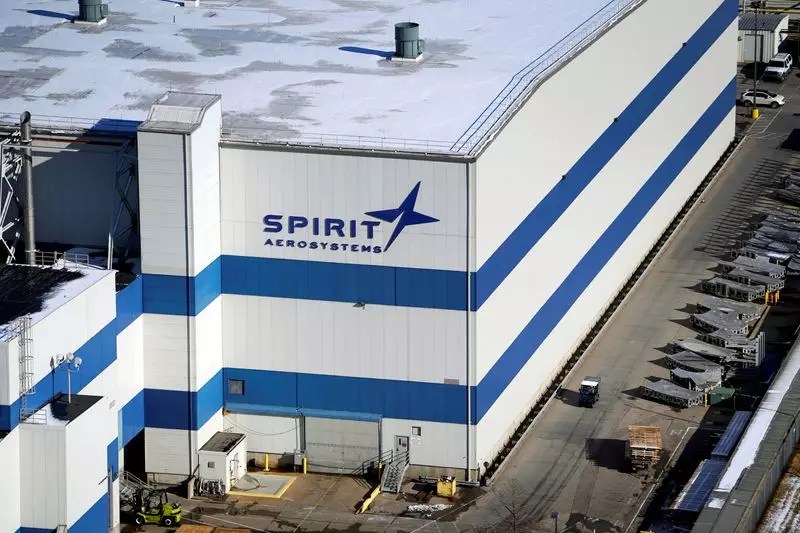In the ever-evolving aerospace industry, strategic partnerships and acquisitions often resemble tightrope walking—balancing aspirations, risks, and market realities. The recent discussions surrounding Airbus’s acquisition of a portion of Spirit Aerosystems, a significant player in aerostructures, exemplify this precarious endeavor. Airbus, a major rival of Boeing, is moving towards operational control of key Spirit plants that contribute to its A350 and A220 aircraft lines. However, Airbus CEO Guillaume Faury recently indicated that the road to completing this acquisition may not be as straightforward as it appears.
Spirit Aerosystems has found itself in choppy waters lately, grappling with financial instability that culminated in a warning about its ability to meet upcoming obligations. This predicament is particularly alarming given Spirit’s crucial role as a supplier to both Airbus and Boeing. The strain on Spirit intensified after incidents related to the Boeing 737 MAX, which not only impacted their financial standing but also put additional pressure on the existing relationships with both aerospace giants. This situation necessitates a cooperative approach between competitors that is relatively uncommon in the industry, showcasing a mutual understanding that the health of their supply chain is critical to their own operational success.
Airbus’s decision to take a proactive role in acquiring Spirit’s operations indicates a calculated risk. The $559 million investment—conditional on thorough due diligence—serves as a lifeline for the struggling manufacturer. This amount, combined with the recently secured $457 million from both Boeing and Airbus, underscores the urgency to stabilize Spirit’s operations. While Faury has expressed optimism regarding the progress of the deal, he acknowledges the significant hurdles ahead. The transition from signing to a sealed agreement involves numerous complexities, including the integration of Spirit into Airbus’s established frameworks.
The unique cooperative strategy between Airbus and Boeing reflects both apprehension and pragmatism. With Airbus relying on Spirit for approximately 25% of its sales, any disruption in Spirit’s capabilities poses a substantial risk to Airbus’s operations. Faury clarified that while Airbus is not facing direct risk, the challenges within Spirit and its ties to Boeing present potential obstacles. As such, the financial support from Boeing, following its recent equity raising efforts, appears to alleviate some concerns surrounding the deal’s overall viability.
As the companies navigate this intricate agreement, they must also consider regulatory frameworks and approvals that could impact the finalization. The aerospace sector is often subject to stringent regulations, and any merger or significant acquisition must clear these hurdles before moving forward. The cooperative dynamic exhibited by Airbus and Boeing could pave the way for a collaborative framework in the industry, allowing for shared solutions in addressing common supplier challenges.
Ultimately, the partnership between Airbus and Spirit Aerosystems, while fraught with challenges, has the potential to create a more resilient supply chain that benefits both manufacturers. By addressing financial vulnerabilities and operational inefficiencies collaboratively, the two companies may help stabilize the broader aerospace landscape. As the industry recovers from past setbacks and adapts to new demands, such collaborative efforts will likely prove essential in combating future disruptions, enhancing operational synergy, and fostering innovation.
The ongoing dialogue between Airbus and Spirit is emblematic of the broader trends within the aerospace industry—where cooperation amidst competition is key to navigating structural challenges. The successful recovery and growth of Spirit Aerosystems could signal a new chapter, not just for Airbus and Boeing, but for the entire aerospace supply chain, ultimately leading to enhanced stability and efficiency in an industry marked by volatility.


Leave a Reply